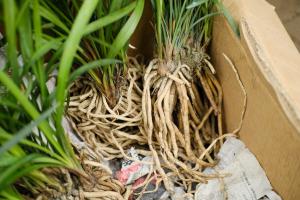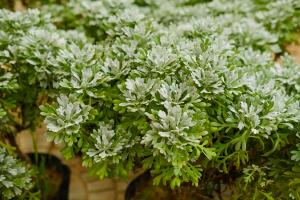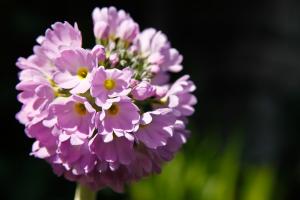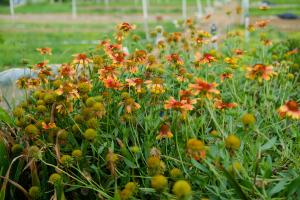Revitalizing an Aloe Plant: A Step-by-Step Guide
If you have an aloe plant that appears to be withering away, don't worry! With some simple care and attention, you can bring it back to life. Here's how:
Step 1: Assess the Damage
The first step is to take a good look at your aloe plant and assess how much damage has been done. Have the leaves turned yellow or brown? Are they floppy and limp? Has the soil become dry and compacted? Depending on the severity of the damage, you may need to take different steps to rescue your plant.
Step 2: Prune the Dead Leaves
If your aloe plant has suffered from extensive damage, it may be necessary to cut back some of the dead or dying leaves. Use a sharp, sterile knife or pair of scissors to trim off any leaves that appear to be beyond rescue. Be sure to cut as close to the base of the leaf as possible without injuring the plant.
Step 3: Repot the Plant
If the soil around your aloe plant is dry and compacted, it may be time to repot it. Choose a pot that is slightly larger than the one the plant is currently in, and use fresh potting soil that is well-draining. Gently remove the plant from its current pot, and loosen the soil around the roots. Place the plant in its new pot, and carefully fill in the gaps with fresh soil.
Step 4: Water the Plant
Once you've repotted your aloe plant, it's time to give it a good drink of water. Be sure to use room-temperature water, and allow the soil to soak it up gradually. It's important not to overwater your aloe plant, as it is susceptible to root rot. A good rule of thumb is to wait until the top inch of soil is dry before watering again.
Step 5: Provide Adequate Sunlight
Aloe plants need plenty of sunlight to thrive, so be sure to place yours in a bright, sunny location. However, direct sunlight for extended periods of time can be damaging to the plant, so it's a good idea to provide some shade during the hottest part of the day. Aloe plants also do well in artificial light, so if you don't have access to a sunny windowsill, a grow light can be a great alternative.
Step 6: Fertilize Your Plant
Aloe plants benefit from regular fertilization, but it's important not to overdo it. Use a balanced, water-soluble fertilizer once a month during the growing season, and be sure to follow the instructions carefully. Too much fertilizer can actually be harmful to the plant, so err on the side of caution.
Step 7: Be Patient
Revitalizing an aloe plant takes time and patience, so don't be discouraged if you don't see immediate results. Keep up with the regular care routine outlined above, and your plant will gradually begin to recover. Before you know it, your aloe plant will be back to its vibrant, healthy self.
In conclusion, bringing an aloe plant back to life requires a combination of pruning, repotting, watering, providing adequate sunlight, fertilizing, and patience. With these simple steps, your aloe plant will soon be thriving once again.

 how many times do yo...
how many times do yo... how many planted tre...
how many planted tre... how many pine trees ...
how many pine trees ... how many pecan trees...
how many pecan trees... how many plants comp...
how many plants comp... how many plants can ...
how many plants can ... how many plants and ...
how many plants and ... how many pepper plan...
how many pepper plan...






























